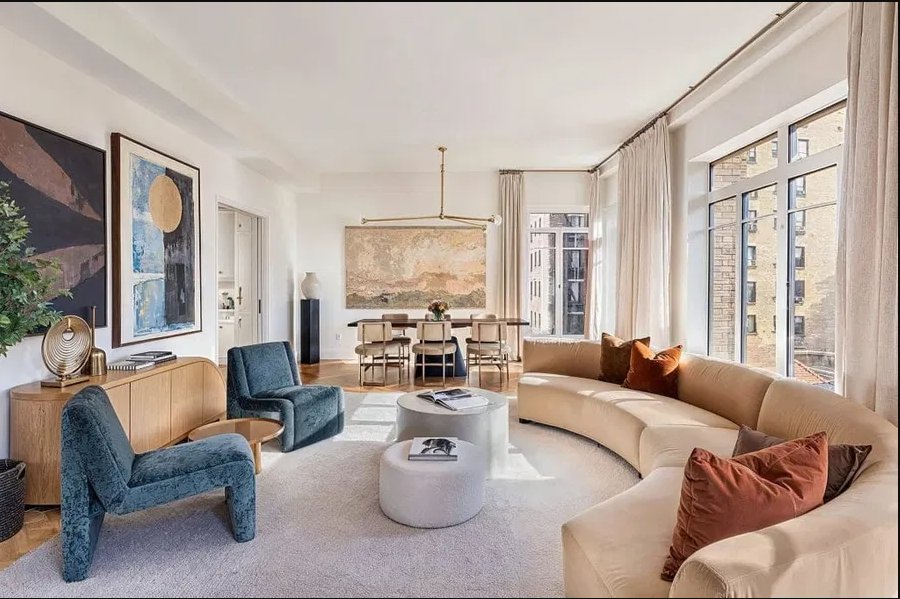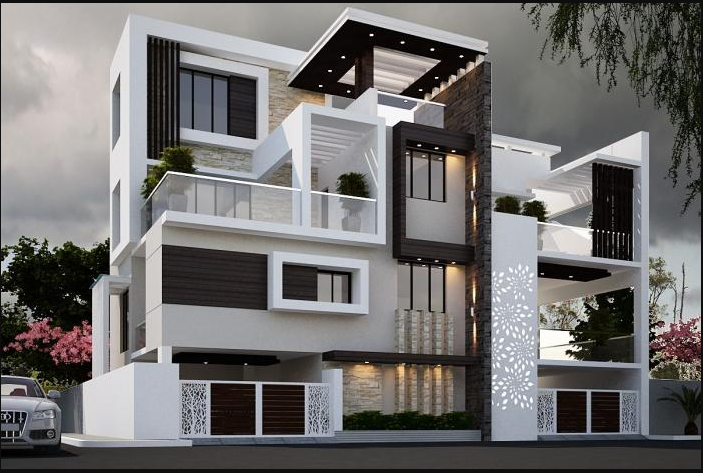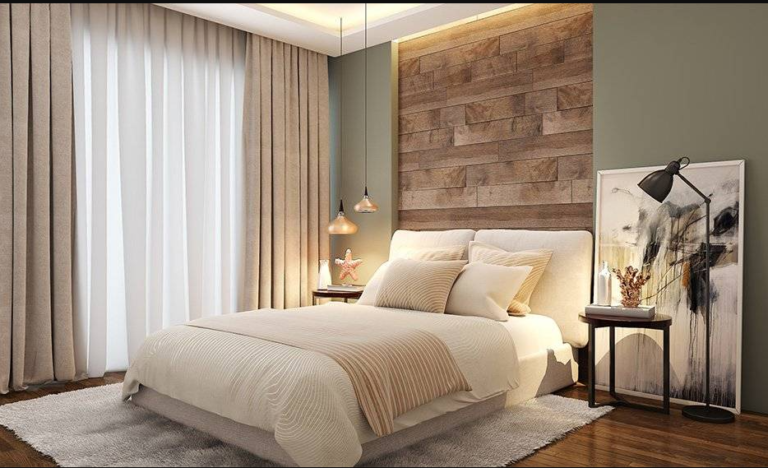Introduction
If you have ever admired sleek architecture, open spaces, and minimalist furniture, chances are you were looking at a contemporary home. Many people today want to know how to design a contemporary home that blends style, comfort, and function. Unlike traditional houses that rely on heavy details and ornamentation, contemporary homes focus on simplicity, clean lines, and the idea that “less is more.” In this guide, you’ll learn the core elements of contemporary design, how to plan your layout, what materials and colors to use, and how to make your space both beautiful and practical.
What Does Contemporary Home Design Mean?
The word “contemporary” literally means “of the present time.” A contemporary home reflects the design trends of today, often combining modern elements with eco-friendly and technological innovations. These homes highlight simplicity, openness, and functionality, making them ideal for people who want stylish yet practical living spaces.
Key Elements of Contemporary Style

Before you dive into floor plans and furniture, you should know the main features that define contemporary design:
- Open floor plans with fewer walls
- Minimalist furniture that is stylish yet functional
- Neutral color schemes with pops of bold accents
- Natural light with large windows and skylights
- Eco-friendly materials like wood, stone, and glass
- Smart home technology integrated seamlessly
When all these aspects come together, you get a home that feels airy, modern, and comfortable.
Planning the Right Layout
Layout is the foundation of contemporary design. Most modern homes avoid small, boxed rooms. Instead, they embrace open-plan living, where the kitchen, dining, and living areas flow into each other. Bedrooms and private spaces can still be separated, but the main living zones usually remain open and connected. This layout not only maximizes space but also improves natural light and airflow.
The Open Space Concept
One of the most important rules when learning how to design a contemporary home is the open space concept. Walls are minimized, and partitions are replaced with furniture, glass dividers, or sliding doors. This makes the home feel larger, more inviting, and perfect for entertaining guests.
Minimalist Furniture and Clean Lines
Contemporary homes avoid bulky, traditional furniture. Instead, they use sleek, minimalist designs with straight edges or gentle curves. Think low-profile sofas, simple dining tables, and functional storage solutions. Furniture often doubles as décor, so pieces are chosen not only for comfort but also for their artistic value.
Choosing the Right Color Palette
The typical color scheme in a contemporary home revolves around neutral tones such as white, beige, gray, and black. However, bold accent colors like teal, mustard, or deep blue can be added in the form of cushions, rugs, or artwork. The key is balance—too many bold colors will break the minimalist feel, while too few may make the space look plain.
Using Natural Materials
Natural elements bring warmth into contemporary spaces. Wood flooring, stone countertops, glass walls, and metal accents are all popular. Mixing textures, such as smooth marble with rough concrete, creates a sophisticated look without clutter.
Lighting as a Design Element
Lighting is more than just functionality in a contemporary home—it’s a design feature. Large windows let in natural sunlight, while recessed lighting, pendant lamps, and LED strips add a modern touch. Floor lamps with geometric designs or hanging chandeliers can serve as statement pieces that reflect the overall style.
Smart Technology in Contemporary Homes
Modern living means smart technology. From automated blinds and voice-controlled lighting to energy-efficient appliances, contemporary homes integrate technology seamlessly. This not only adds convenience but also improves energy savings.
Eco-Friendly and Sustainable Choices
Sustainability is a major trend in contemporary design. Solar panels, rainwater harvesting systems, energy-efficient windows, and eco-friendly insulation are all features that can be included. Choosing sustainable building materials also helps reduce your carbon footprint while keeping your home stylish.
Blending Indoor and Outdoor Living
Another hallmark of contemporary design is the connection between indoor and outdoor spaces. Sliding glass doors, rooftop terraces, and large patios help extend your living area. Gardens and outdoor seating can also be designed to reflect the same minimalist theme.
Common Mistakes to Avoid
While designing a contemporary home, avoid these pitfalls:
- Too much decoration – clutter takes away from the minimalist style.
- Ignoring comfort – contemporary design should still feel cozy.
- Poor lighting – dim or uneven lighting ruins the modern look.
- Overuse of cold materials – balance concrete and metal with wood and fabrics.
Budget Planning for a Contemporary Home

Designing a contemporary home doesn’t have to break the bank. Start with essential elements like an open layout and neutral colors. Add luxury features such as smart technology and custom furniture gradually. A well-planned budget ensures that style and function remain balanced.
Examples and Inspirations
Looking at real-world examples can spark inspiration. Many contemporary homes feature:
- Glass walls overlooking nature
- Minimalist kitchens with hidden storage
- Open living areas with bold statement art
- Outdoor lounges connected seamlessly to indoor spaces
Browsing architecture magazines or Pinterest can also give you fresh ideas for your own project.
About Designing a Contemporary Home
1. What is the difference between modern and contemporary design?
Modern design refers to a specific style from the mid-20th century, while contemporary design reflects current trends and evolves over time.
2. Is a contemporary home expensive to build?
Not necessarily. While some features like smart technology can be costly, the minimalist nature of contemporary design often reduces expenses on décor and furniture.
3. Can I mix traditional elements in a contemporary home?
Yes, blending styles is possible. For example, adding a vintage piece of furniture can create contrast without disrupting the overall contemporary feel.
4. What flooring works best for contemporary homes?
Hardwood, polished concrete, and large ceramic tiles are popular choices.
5. Do contemporary homes require large spaces?
No, even small apartments can be designed with a contemporary approach by using open layouts and smart storage.
Conclusion
Learning how to design a contemporary home is about balancing simplicity with functionality. Clean lines, open layouts, neutral colors, and eco-friendly features form the backbone of this design style. With careful planning, you can create a home that feels both modern and timeless, stylish yet comfortable. By blending technology, sustainability, and minimalism, your home can truly reflect the best of contemporary living.

